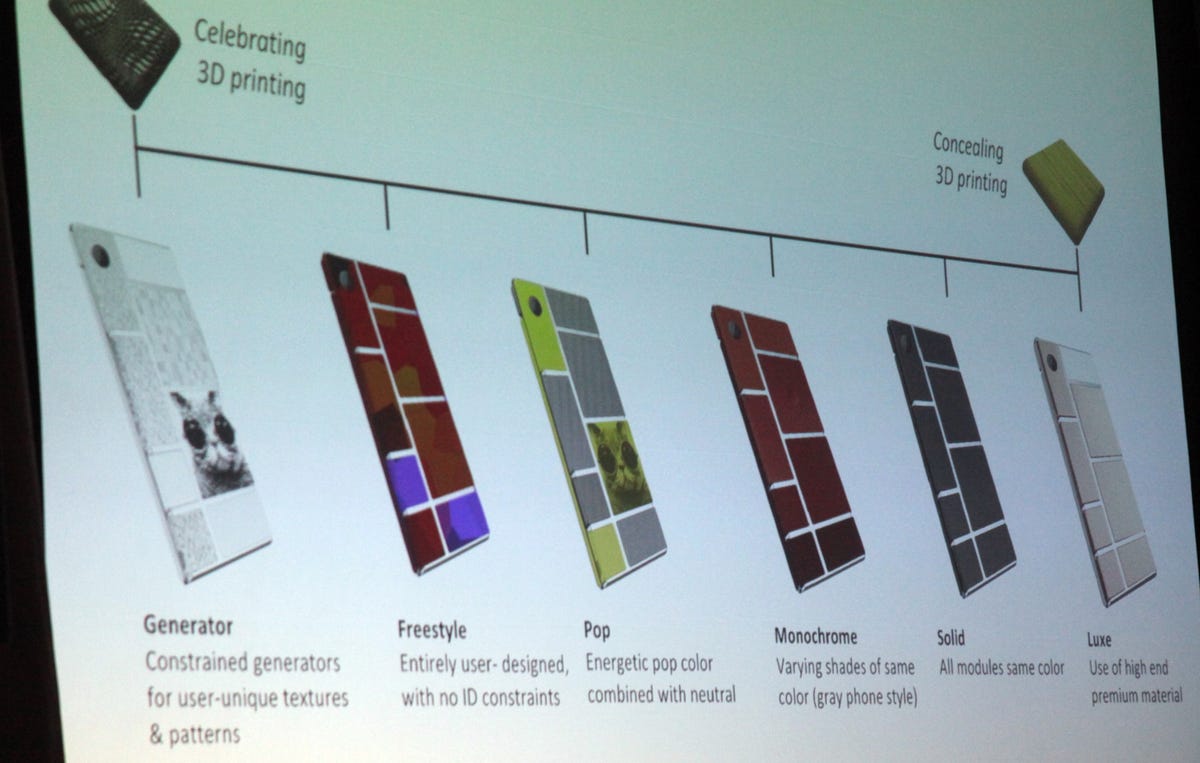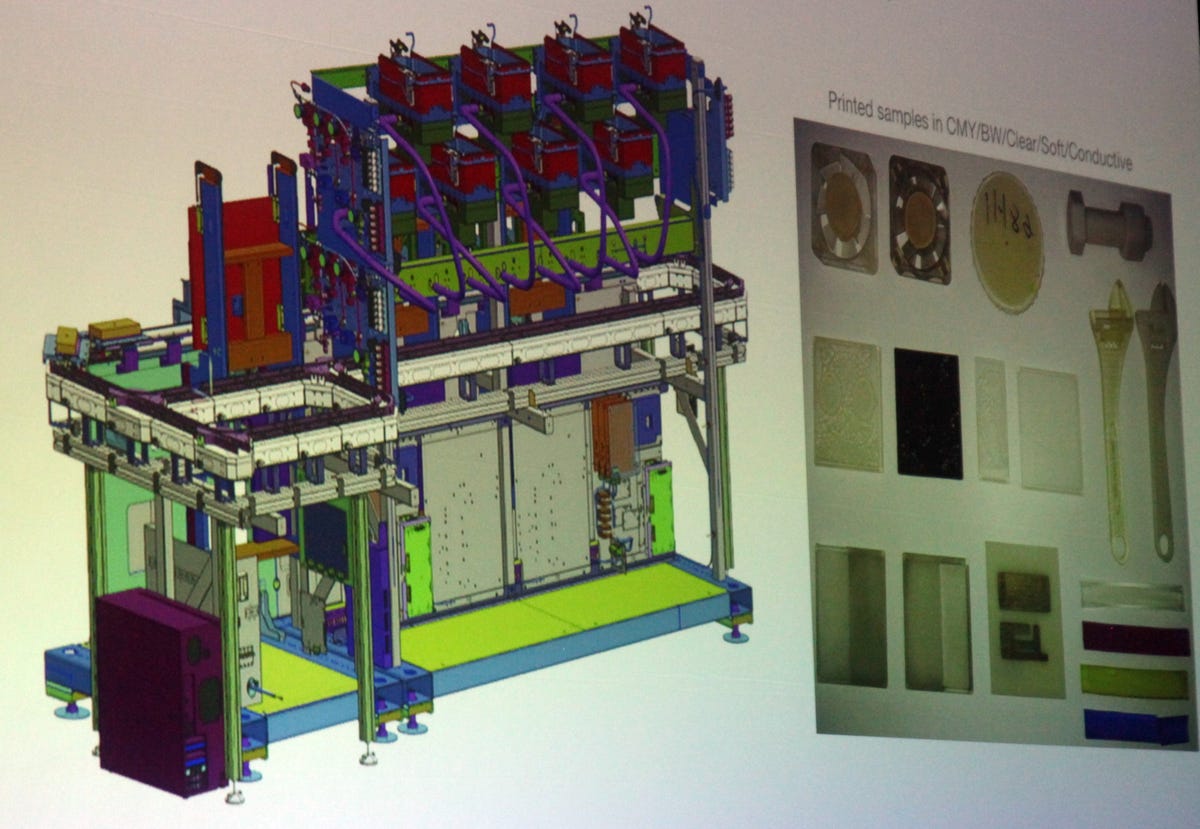
Seth Rosenblatt/CNET
MOUNTAIN VIEW, Calif. — Google’s first phone for its ambitious Project Ara modular smartphone project will be a boring gray, Ara leader Paul Eremenko said at the first Ara developer’s conference on Tuesday. And that’s by design.
Eremenko told an audience of around 200 people at the Computer History Museum here that the general public won’t have to wait long for their first shot at the Project Ara “gray phone.” It’s scheduled to go on sale in January 2015 for around $50.
Related stories
- Chief of Google’s Project Ara talks modular smartphones
- Motorola unveils Project Ara for custom smartphones
- Google gives peek at its Ara modular phone project
- ZTE Eco-Mobius modular mobile rivals Moto’s Project Ara
- Google launches first Project Ara Module Developers Kit
Project Ara is the code-name for the smartphone project that would allow people to swap out physical components as easily as you can download a new app, one of the big ideas to come out of the Advanced Technology and Projects (ATAP) division at Google. ATAP, which the company peeled off from Motorola when Motorola was sold to Lenovo, is led by Regina Dugan, the former director of the Defense Advanced Research Projects Agency (DARPA).
“It’s called the Gray Phone because it’s meant to be drab gray to get people to customize it,” he said.
Project Ara is not intended to be just another smartphone, he said, but as customizable and expressive of the user’s personality as apps and software. Project Ara is the first step toward Google’s vision of a future where smartphone hardware components can be bought from an app store like Google Play. But Ara is important to other areas of future-forward tech, including its reliance on miniaturized components and 3D printing.
If Ara is successful, it could change how people perceive and interact with smartphones. That’s no idle threat. With Android now the most popular mobile operating system, thanks to Samsung, Android-powered Ara would have an in with Google’s robust developer and user base.


Seth Rosenblatt/CNET
Between now and January, however, Eremenko and the two other full-time Project Ara team members at Google have a lot of work to do. They collaborate with a broad range of partners, from academic experts at the Massachusetts Institute of Technology and Carnegie Mellon, to business partners such as 3D Systems, a 3D printing company that’s building a massive 3D printer so components can be easily fabricated.
Ara phones will support Android, which poses an interesting dilemma, since the Android operating system does not yet support the drivers necessary for it to control modular components.
“It’s true that Android does not support dynamic hardware today,” said Eremenko. “The good news is that we’re Google,” he added, to laughter from the audience. Android drivers will be due in December, one of the last tasks that the Project Ara team will tackle before the public release.
Ara’s endoskeleton, the chassis that will hold the modular components together, will last for “five to six years,” said Eremenko. The components will stay attached to the frame via electro-permanent magnets, and they will use the UniPro standard for communication between modules.


Seth Rosenblatt/CNET
The idea could revolutionize phone sales. Instead of having to buy a new phone to get the latest hardware, you might simply be able to buy a new version of the component you want to replace. The modularity would let you replace parts you don’t want with ones that you do.
“We want to be as helpful but as hands-off as possible for the ecosystem,” he said.
In a surprising moment of candor, Eremenko showed the audience several timelines for Ara development.
He explained that he was sharing the project timeline so that “you can make as well-reasoned, intelligent decisions about your investment in the Ara system as possible.”
Another developer’s conference will be held in July, with a third in September. Power bus support is due in May, with most system-level functions expected to arrive in September. After-market support, regulatory certification, and carrier certification is expected in November. The alpha build of the 3D printer is due in August, with a beta to follow in January 2015.
And then Eremenko told the audience that he’ll be done with Project Ara on April 1, 2015, two years after he began. This, he said, is a common DARPA practice to ensure that projects have an urgency to them.



